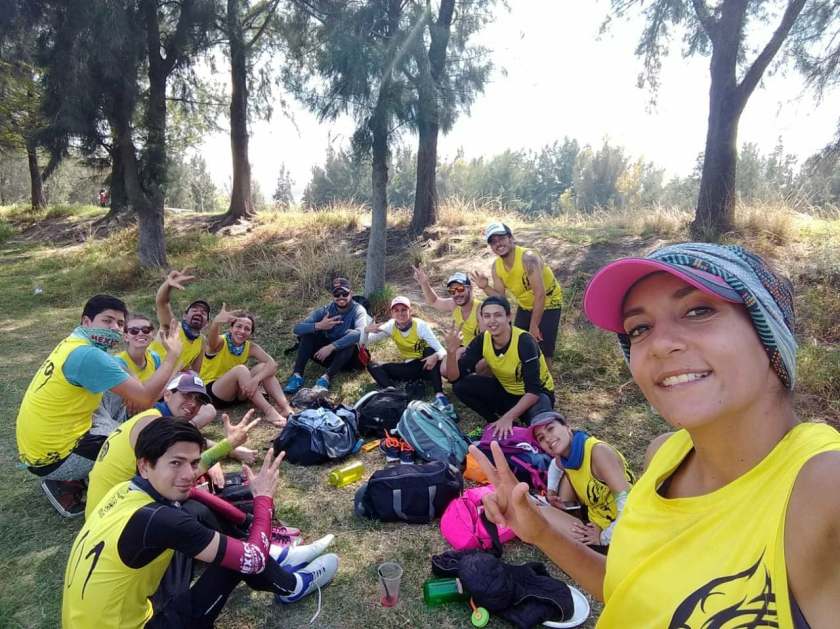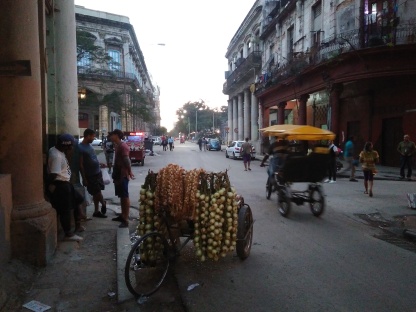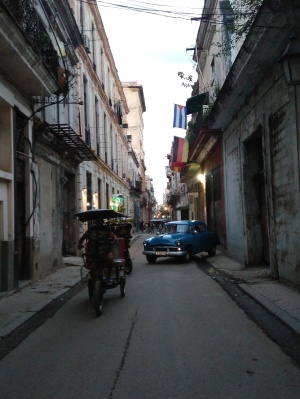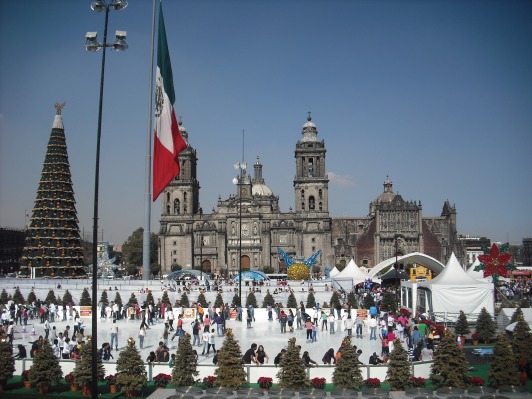A couple of months ago, my mother-in-law passed away. It was the first time I saw what happened in a mexican family when a family member dies and it was a very difficult time for our family. I wanted to write about this whole experience since then, but never knew how. Today, I am finally writing about it.
The death of my mother-in-law took us by surprise because she died of a heart attack. However, she had been in a state of poor health for years, so looking back it wasn’t so surprising after all. Right after my husband and I found out about her passing, I witnessed how everyone and everything started to get “rushed”. I know, it sounds weird, especially thinking about Germany where after the death of a family member everything seems to slow down: If possible, you let everybody know in person, otherwise over the phone and the funeral gets scheduled for a couple of days after the passing or, in case of known people even a week or so after.
Here in Mexico, things really speed up: The idea is to burry the body as soon as possible, usually about 24 hours after the passing. Before that, the body is often brought to the house of the deceased, where family, friends and neighbours get together for the wake. As my mother-in-law passed away around noon, by 8pm that same day everyone was gathered in her house (about an hour away from where we live) and we started the wake that would take the whole night until the funeral home picked up the body the next morning. We had a first funeral service and the coffin was brought into the house. I was really impressed by how everyone came to the wake – even friends of Gus and his sisters came all the way to the little village to support the family. Everyone stopped his or her life for a couple of hours or a day and dropped everything to come and pay their respects. If there is one thing that still impresses me about the mexican culture, it’s how united the families are, how friendships and families intertwine and how much friends and family are worth in this culture.
The whole night, someone stayed up with the deceased and watched over the coffin, right there in her living room. The kitchen was filled with pastries and tea (usually you serve pastries and coffee in this occasion, but my husband and sisters-in-law had decided that the bitter taste of loosing their mother was enough and didn’t had to be intensified by the bitter taste of coffee) and the house was filled with people.
The next morning, it was time for a second service and then the body was picked up by the funeral home to be cremated. One of the sisters of my mother-in-law almost didn’t make it and got to the house just in time before the body was taken away. I wondered what happened if the deceased had close family living in other places in the country that are far away or even living abroad. Apparently, in this case, you can wait a couple of days to bury or cremate the body, but the most common thing is to start the wake and the mourning right away.
After we received the urn, I was suprised to learn, that in Mexico, you can basically do whatever you want with the ashes. You can keep them in your house or in another place, you can scatter them wherever you like, or you can even have the ashes pressed to become diamonds for jewellery or other memorabilia. The law allows this, however the catholic church is trying to oppress these methods as the institution wants people in their graveyards. We decided to go to a special place the next day and to plant a tree with the ashes.
After this, it was finely time to breathe and to start understanding everything that had happened the last couple of days: My mother-in-law had died 3 days before and so many things had happened ever since that we didn’t even had a chance to understand what had happened. Now it was time to process all of this and to start remembering her together: We talked about her, everyone telling an anecdote or something they especially remembered her by. We smiled when thinking about her generosity and how she was always worried about all of us instead of worrying about herself, we laughed about things she had said, we realised that she had lived her life in a good way, we recognised how she had fought against her bad health for years and how her motivation to keep going were her children and especially her grandchildren.


































